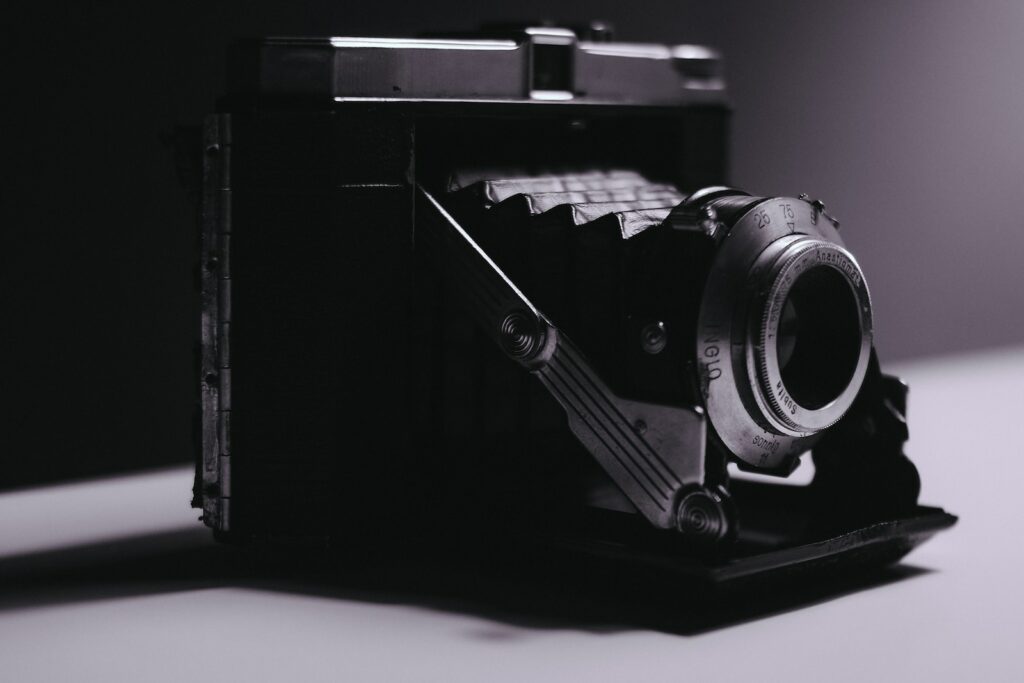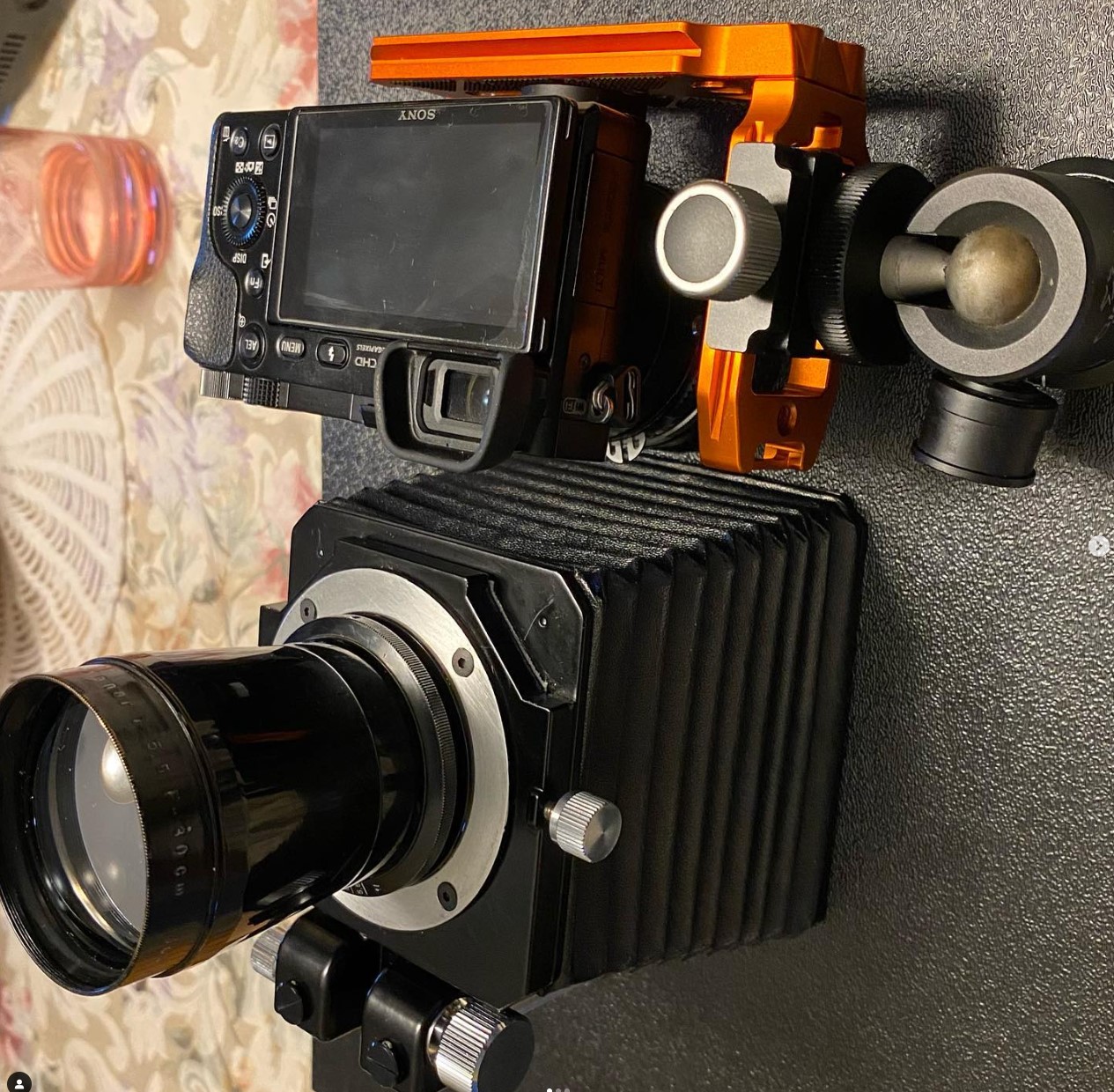Welcome to my blog, where we dive deep into the world of photography and explore the ongoing debate between film and digital large format cameras. If you are a photography enthusiast or simply intrigued by the medium, this article will provide you with a comprehensive analysis of the differences, advantages, and disadvantages between these two formats. Join me as we uncover the fascinating world of film versus digital in the realm of large format cameras.
Table of Contents
- Understanding the Basics
- The Benefits of Using Large Format Cameras
- Frequently Asked Questions
- 1. What is the difference between film and digital large format cameras?
- 2. What are the pros of using a film large format camera?
- 3. What are the pros of using a digital large format camera?
- 4. What are the cons of using a film large format camera?
- 5. What are the cons of using a digital large format camera?
- 6. How do large format cameras compare to smaller formats?
- 7. Which one should I choose, film or digital?
- Wrap Up
Understanding the Basics
Before we delve into the comparisons, let’s briefly explore what large format cameras are. Large format cameras are renowned for their ability to capture incredibly detailed images due to their massive film or digital sensor size. They are a go-to choice for professional photographers, particularly those working in fields such as landscape, architecture, and still life.
Film Cameras: Timeless Craftsmanship
Film cameras have been a staple in the world of photography for decades and continue to hold a special place in the hearts of many photographers. The process of shooting film, developing negatives, and printing photographs requires a level of skill and artistry that digital cameras cannot replicate. Despite the advancements in digital technology, film cameras offer a unique and irreplaceable experience for those seeking authenticity and a connection to the past.
Digital Cameras: Versatile and Convenient
On the other hand, digital cameras have revolutionized the way we capture and process images. With instant feedback, the ability to shoot in low light conditions, and the convenience of digital storage, digital cameras provide unparalleled flexibility and efficiency. They offer post-processing opportunities that were unimaginable with film, allowing photographers to experiment and perfect their craft with ease.
Comparing Image Quality
When it comes to image quality, large format film cameras have long been revered for their ability to capture exquisite detail, dynamic range, and a unique aesthetic. Film enthusiasts argue that nothing can quite match the organic feeling and richness of film. However, digital large format cameras have made significant strides in recent years, offering impressive resolution, incredible tonal range, and the ability to manipulate images without any loss in quality.
Size and Portability
Large format film cameras are known for their robust build and substantial size, requiring special attention when it comes to transportation and set-up. On the other hand, digital large format cameras are more compact, making them more manageable in the field. They also offer the advantage of previewing images immediately, allowing photographers to make necessary adjustments on the spot.
Cost Considerations
Investing in a large format camera is no small feat, and both film and digital options come with their own set of financial considerations. Film cameras require ongoing expenses such as film rolls, developing chemicals, and print materials, which can add up over time. Digital cameras, while initially more expensive, offer the advantage of reusability and the absence of recurring costs in film and processing.
The largest film camera ever made is the Californian, capable of producing photographs measuring 6 feet by 10 feet.
There is no definitive answer to the film vs. digital debate in the large format camera realm. Both formats have their merits and drawbacks, and ultimately, it boils down to personal preference and the specific needs of the photographer. Whether you choose the timeless craftsmanship of film or the convenience and versatility of digital, one thing is certain: large format photography offers a captivating journey that pushes the boundaries of creativity and technical prowess.
The Benefits of Using Large Format Cameras
Large format cameras have been a favorite among professional photographers for many decades. These cameras offer several distinct advantages that set them apart from their digital counterparts. In this section, we will explore the benefits of using large format cameras.
Unmatched Image Quality
One of the main reasons why many photographers still prefer film over digital is the unmatched image quality large format cameras provide. The larger film size allows for more detail to be captured, resulting in incredibly sharp and high-resolution images. This level of detail is especially crucial for professionals who work in industries such as fine art or landscape photography.
Dynamic Range
Another advantage of shooting with large format cameras is the exceptional dynamic range they offer. Film captures a wider range of tones, from deep shadows to bright highlights, than digital sensors. This increased dynamic range allows photographers to capture more detail in both the shadows and the highlights, resulting in images that are more true to life.
Flexibility in Cropping
Large format cameras produce negatives that are typically much larger than those of digital images, allowing for greater flexibility in cropping during post-processing. This is especially useful for photographers who may need to crop their images for specific print sizes or compositions while still maintaining a high level of detail.
Using a large format camera is a deliberate process that requires patience and precision. The need to carefully set up and compose each shot forces photographers to slow down and think critically before pressing the shutter. This methodical approach often leads to more intentional and well-executed photographs.
A Nostalgic Appeal
The resurgence of film photography in recent years can be attributed, in part, to the nostalgic appeal that large format cameras provide. Many photographers appreciate the tactile experience of loading film, the anticipation of waiting for the images to be developed, and the unique aesthetics that film photography brings to their work.
While digital cameras have undoubtedly revolutionized the photography industry, large format cameras remain a preferred choice for many professionals and enthusiasts. The unparalleled image quality, dynamic range, flexibility in cropping, deliberate process, and nostalgic appeal make large format cameras a valuable tool for those seeking to capture truly exceptional images.

Frequently Asked Questions
1. What is the difference between film and digital large format cameras?
Film cameras use photographic film to capture images, while digital cameras use electronic image sensors.
2. What are the pros of using a film large format camera?
Film cameras offer a unique aesthetic, high resolution, and a wide dynamic range. They also provide a tangible medium for archiving photographs.
3. What are the pros of using a digital large format camera?
Digital cameras provide instant feedback, easy image manipulation, and the convenience of digital storage. They also offer better low-light performance and faster shooting speed.
4. What are the cons of using a film large format camera?
Film cameras require additional cost for purchasing and developing film, limited shot capacity, and the need for a darkroom for processing.
5. What are the cons of using a digital large format camera?
Digital cameras can be more expensive upfront, have a shorter lifespan due to technological advancements, and may require regular upgrades to keep up with newer models.
6. How do large format cameras compare to smaller formats?
Large format cameras excel in capturing intricate details, providing superior image quality, and offering extensive control over depth of field. However, they are bulkier and require more time to set up compared to smaller format cameras.
7. Which one should I choose, film or digital?
The choice between film and digital large format cameras depends on your personal preferences, shooting style, budget, and desired outcome. Both have their unique advantages and it ultimately comes down to what suits your needs best.
Wrap Up
After comparing film and digital large format cameras, it’s clear that both have their own unique advantages and disadvantages. Film cameras offer a distinctive aesthetic and the thrill of the developing process, while digital cameras offer convenience and flexibility. It ultimately comes down to personal preference and the specific needs of the photographer.
Whether you’re an avid film enthusiast or a digital devotee, it’s essential to stay informed about the latest camera technologies and trends. Engage in the conversation by leaving a comment below and sharing your own experiences and opinions on film vs. digital and large format photography. Let’s keep the discussion going!
